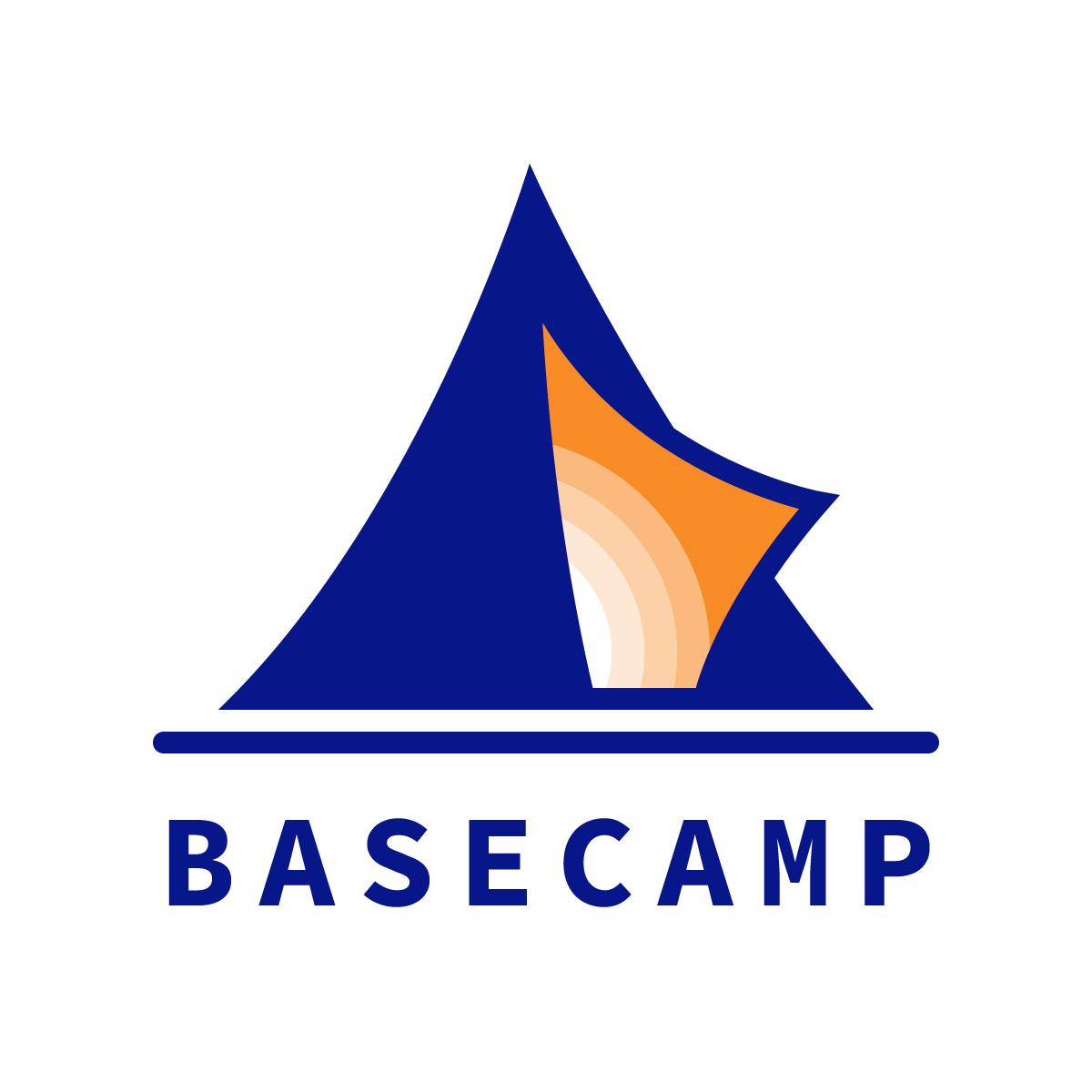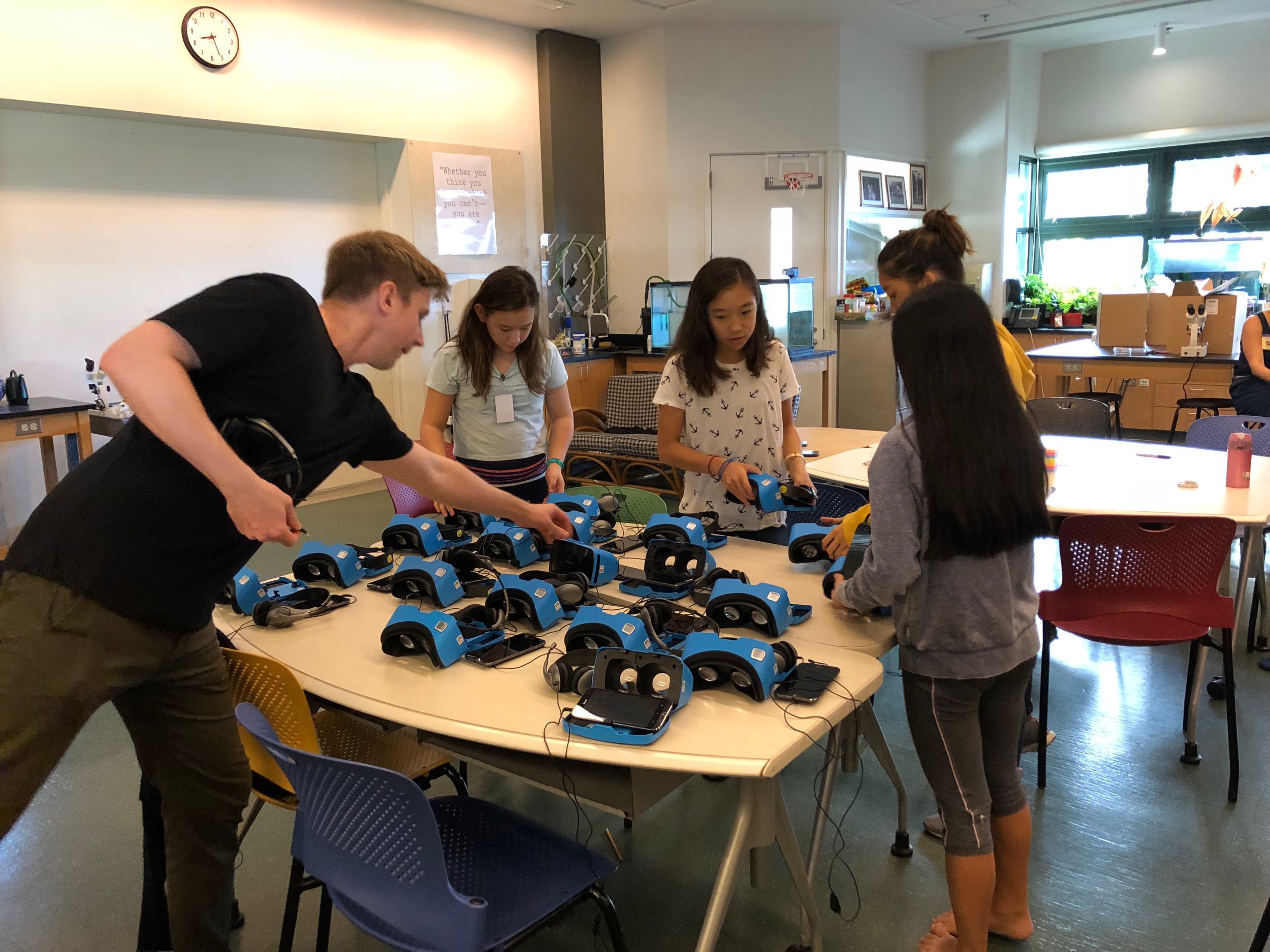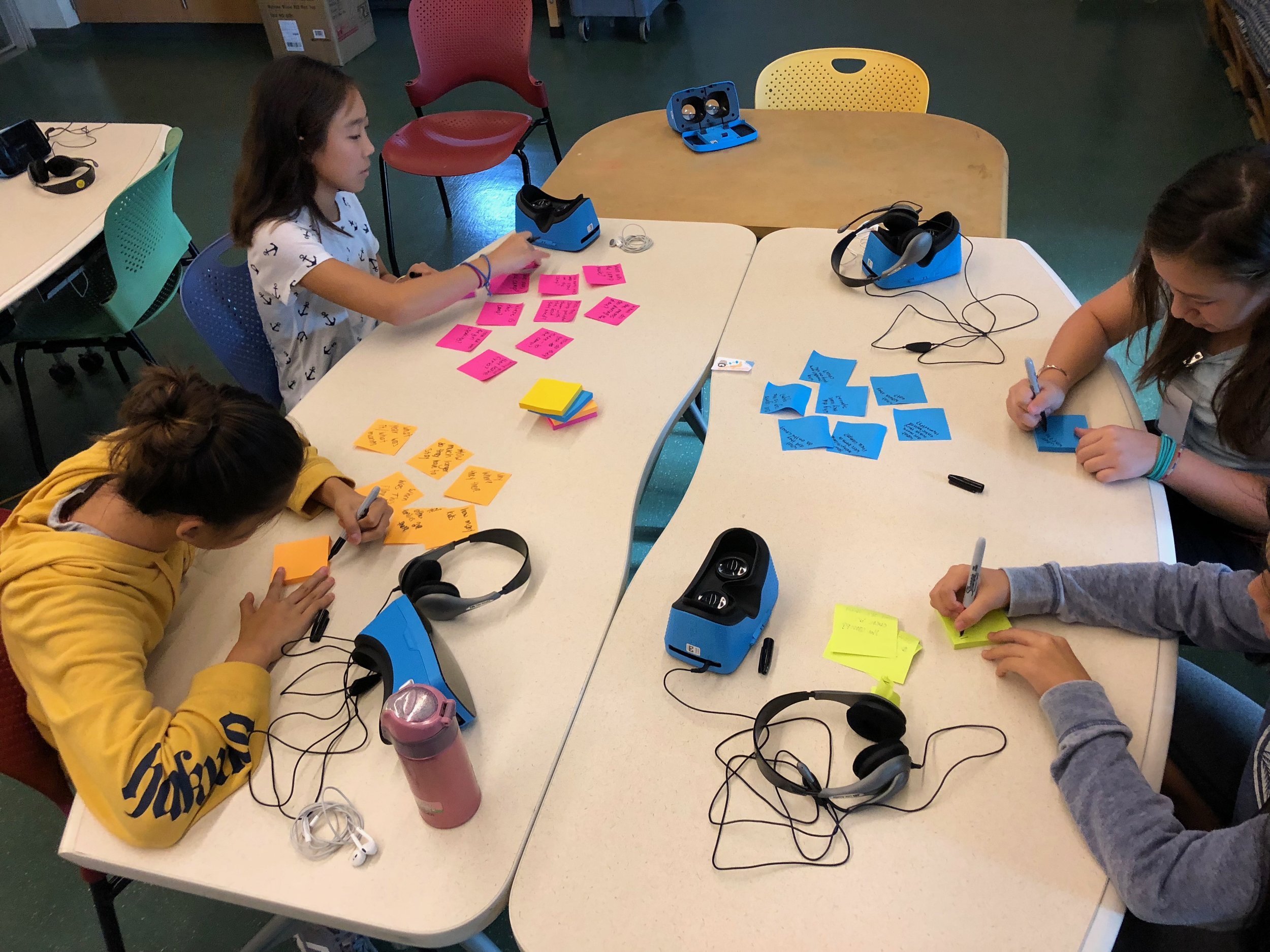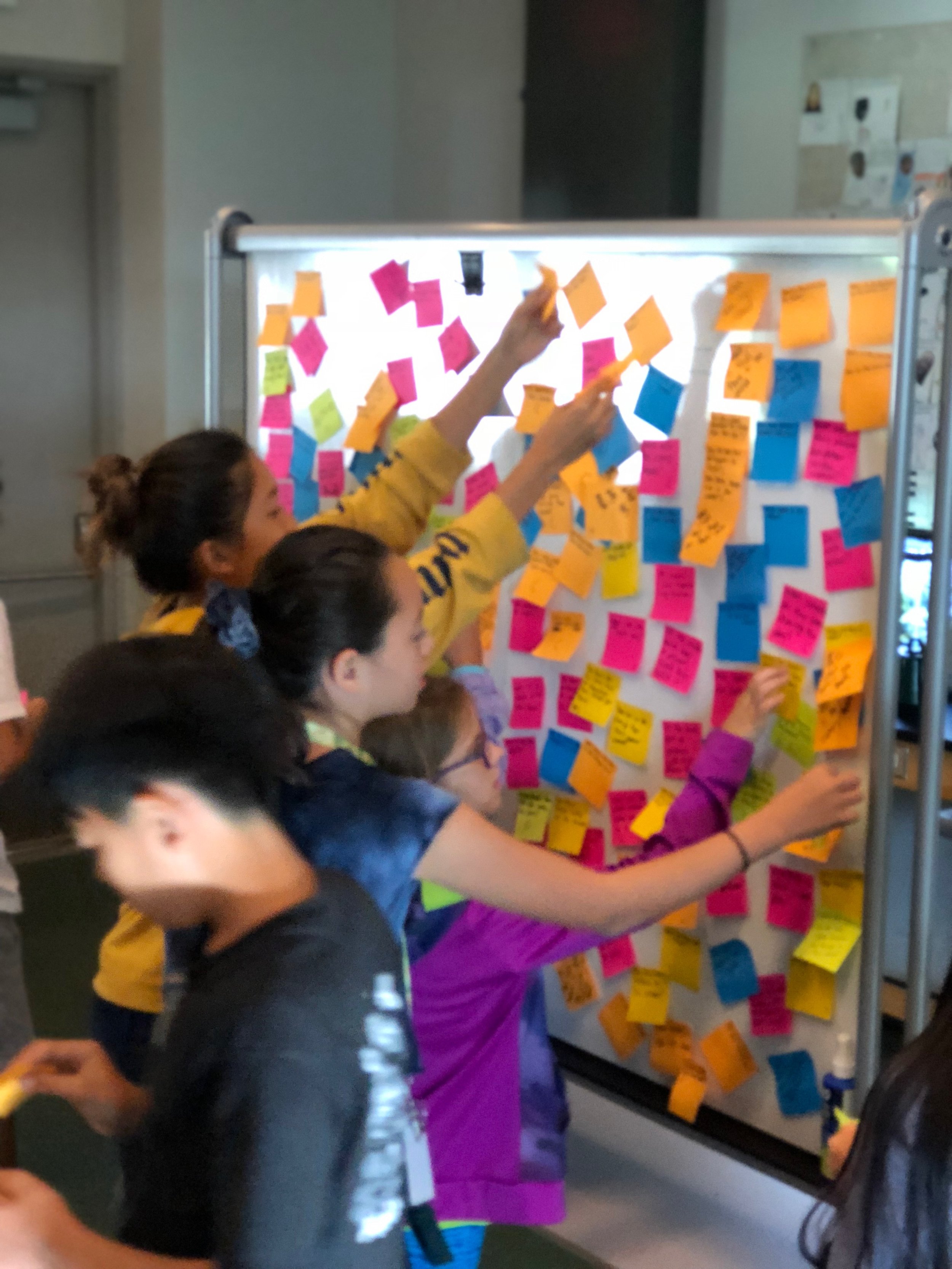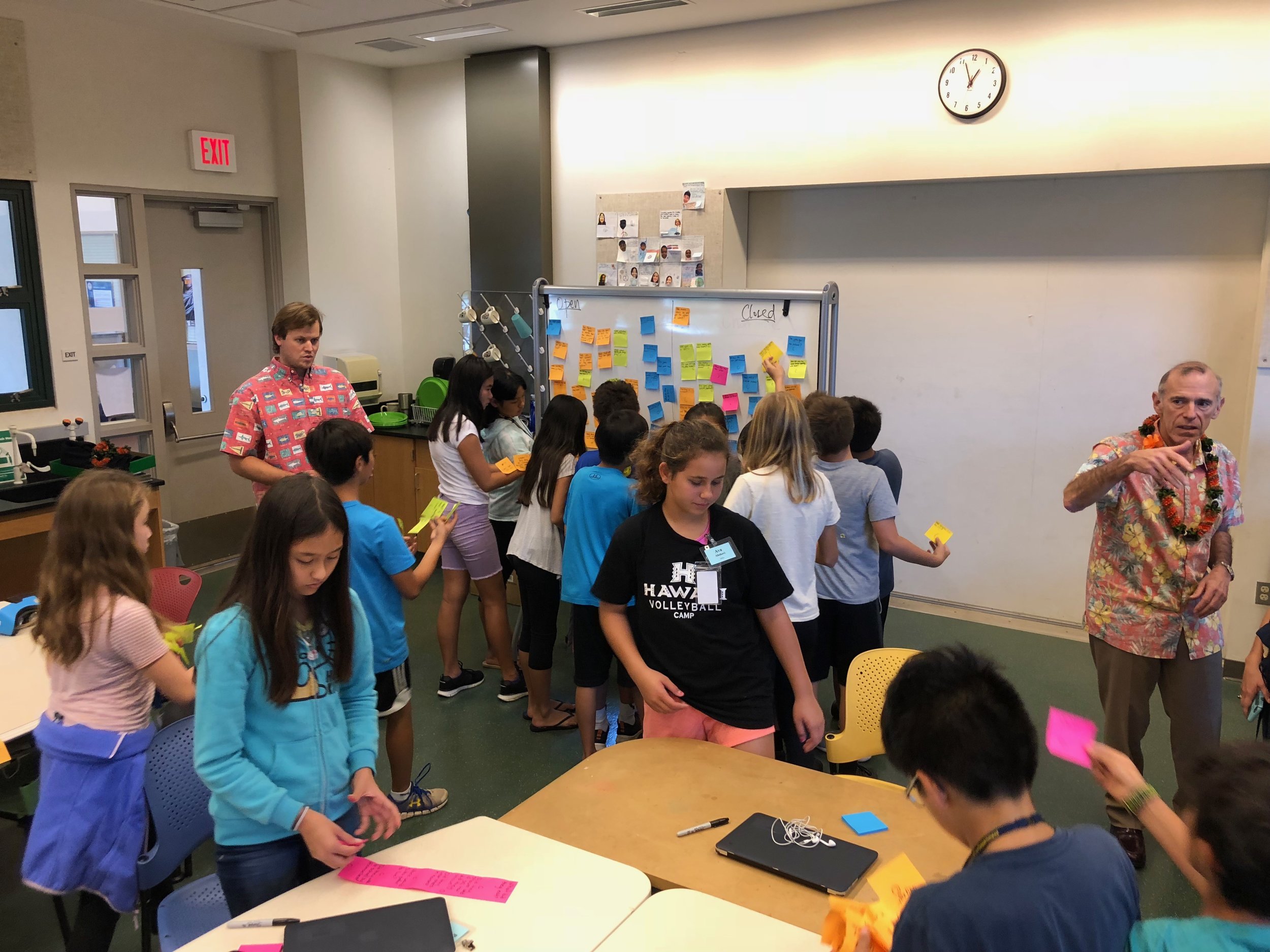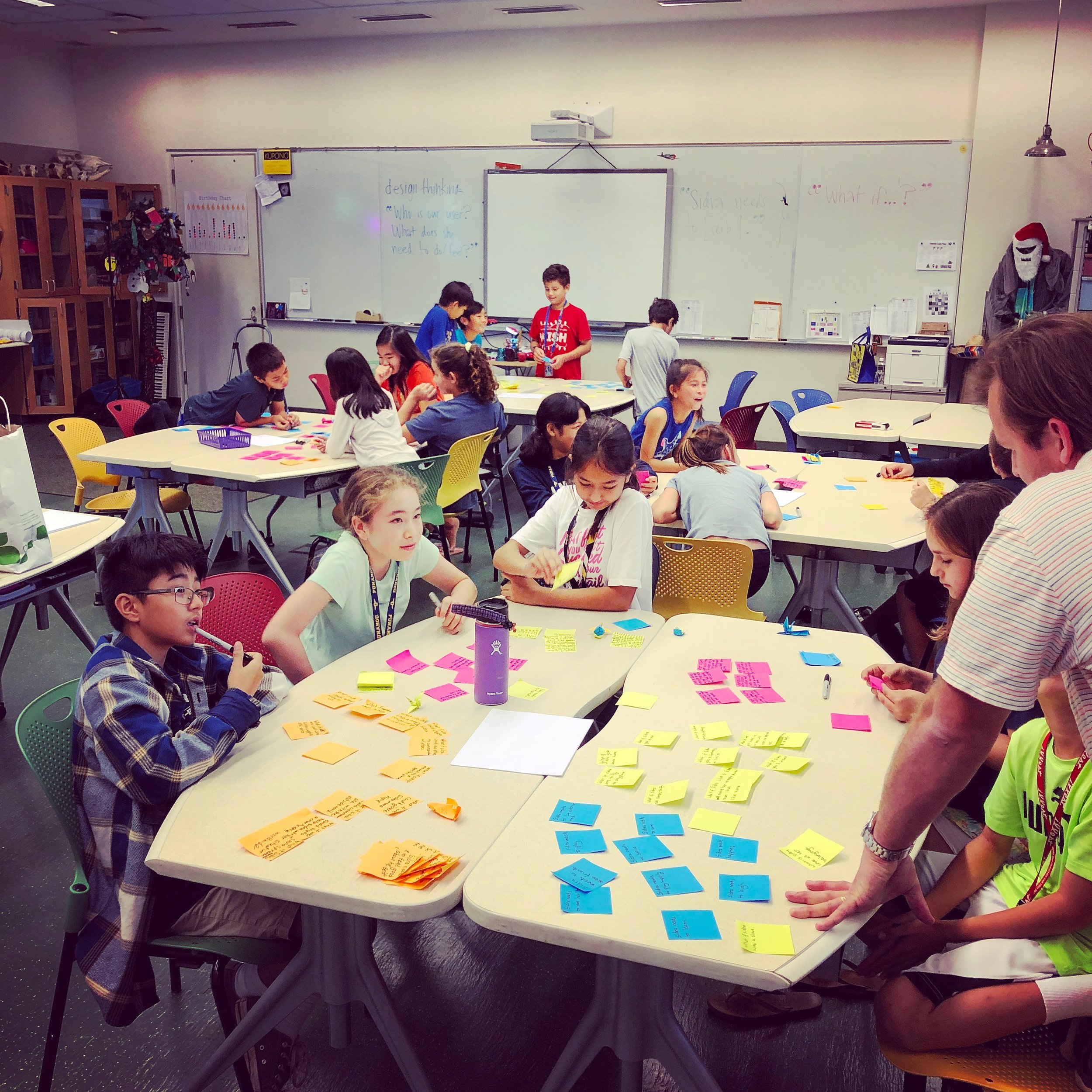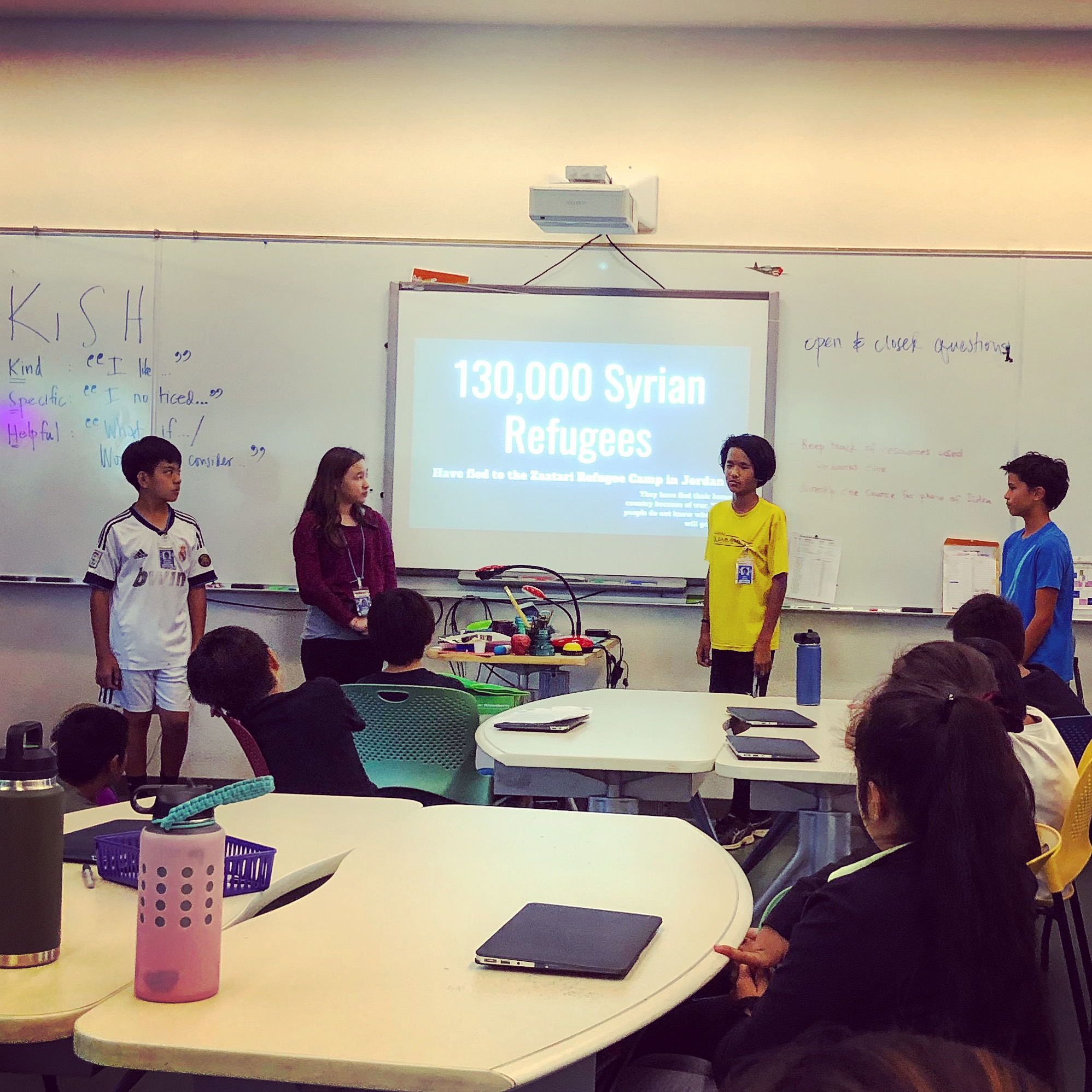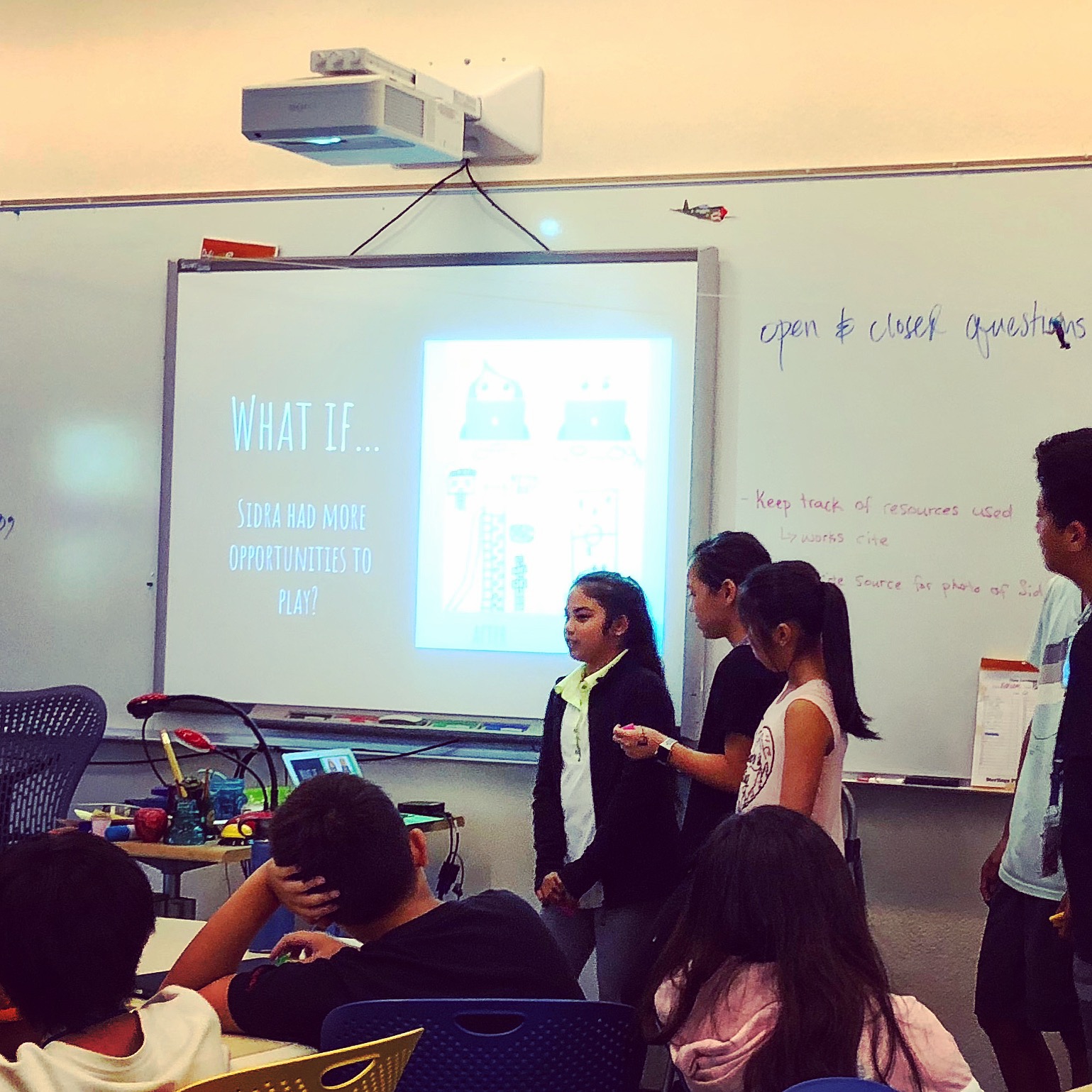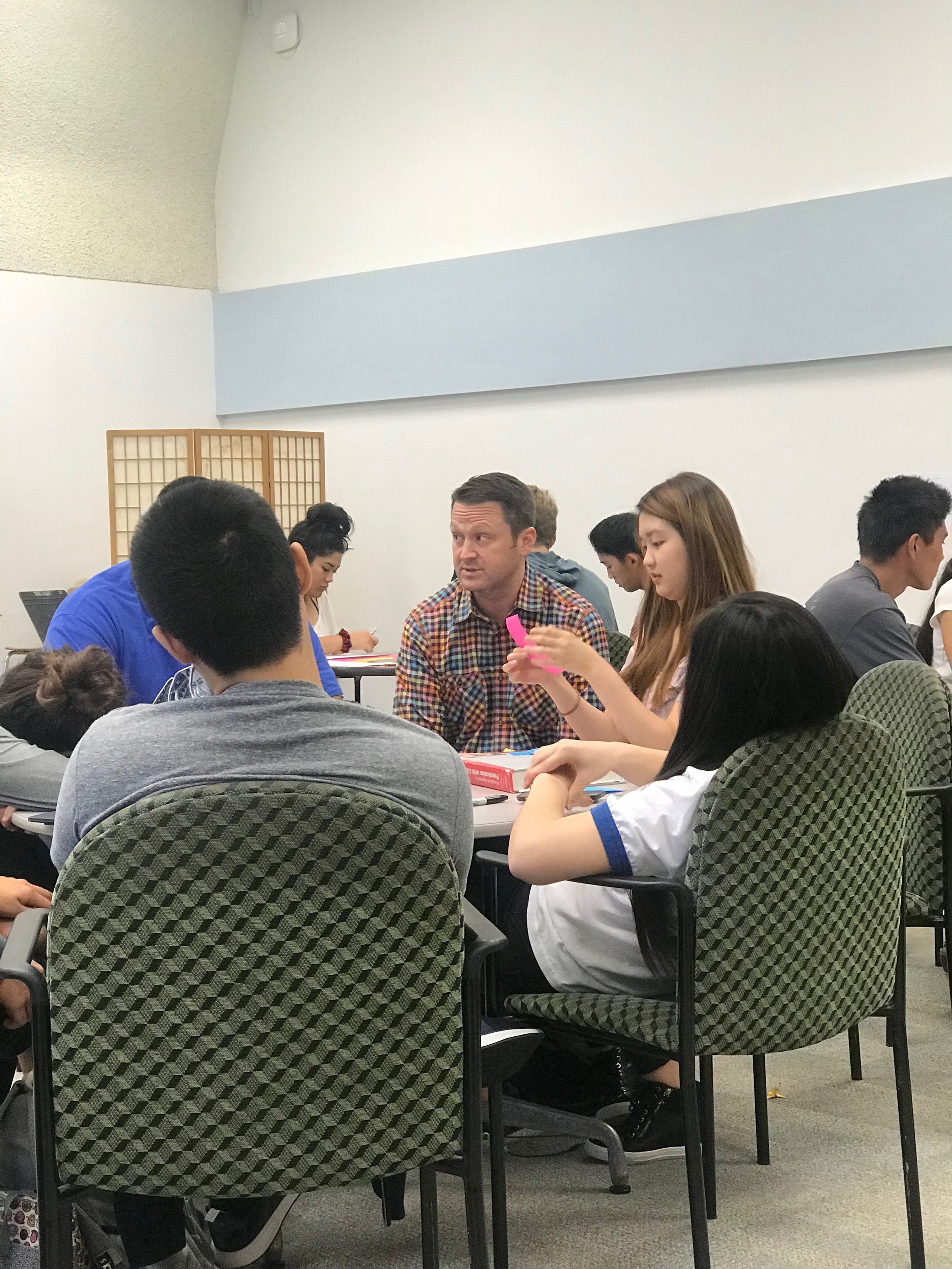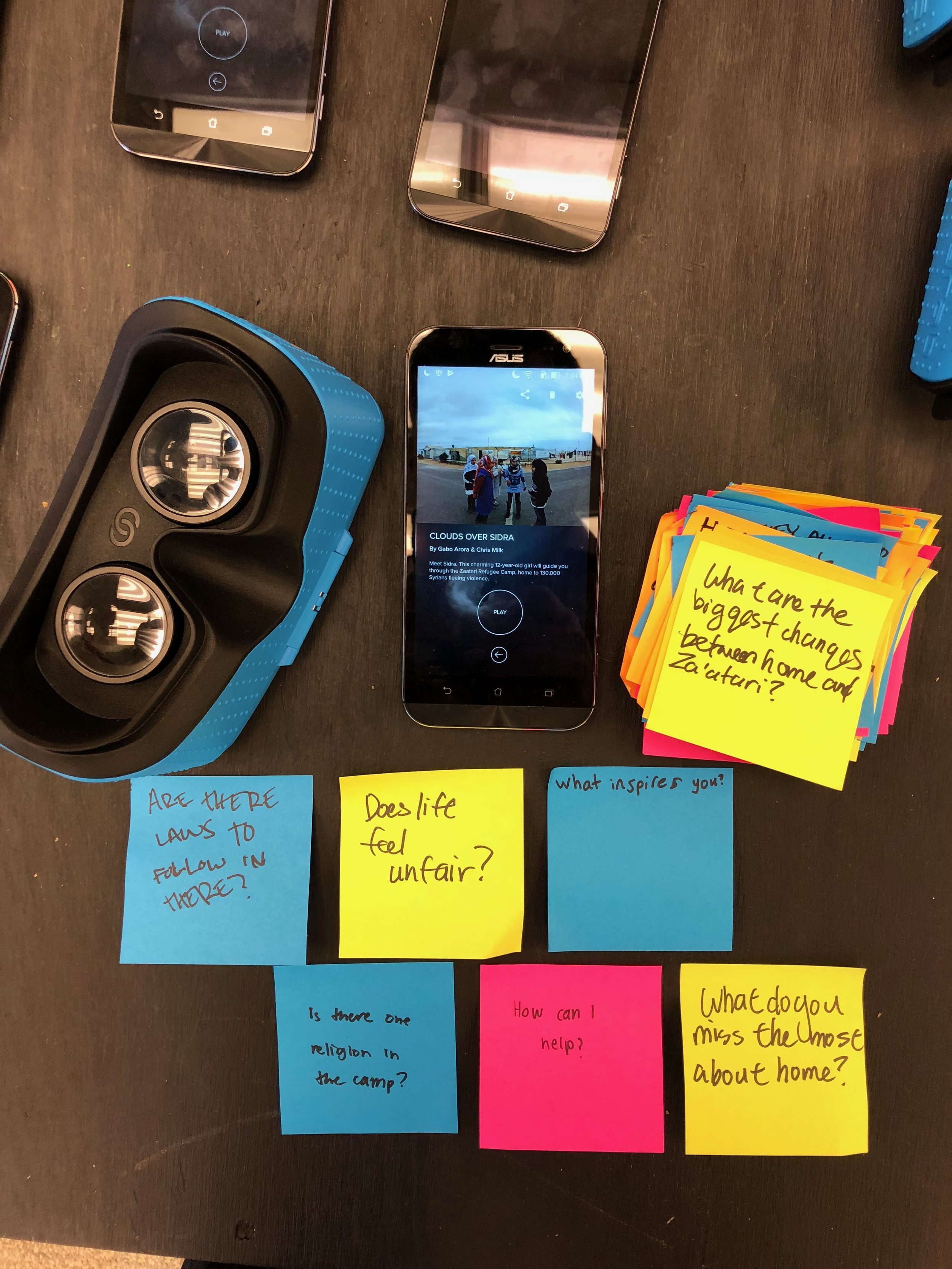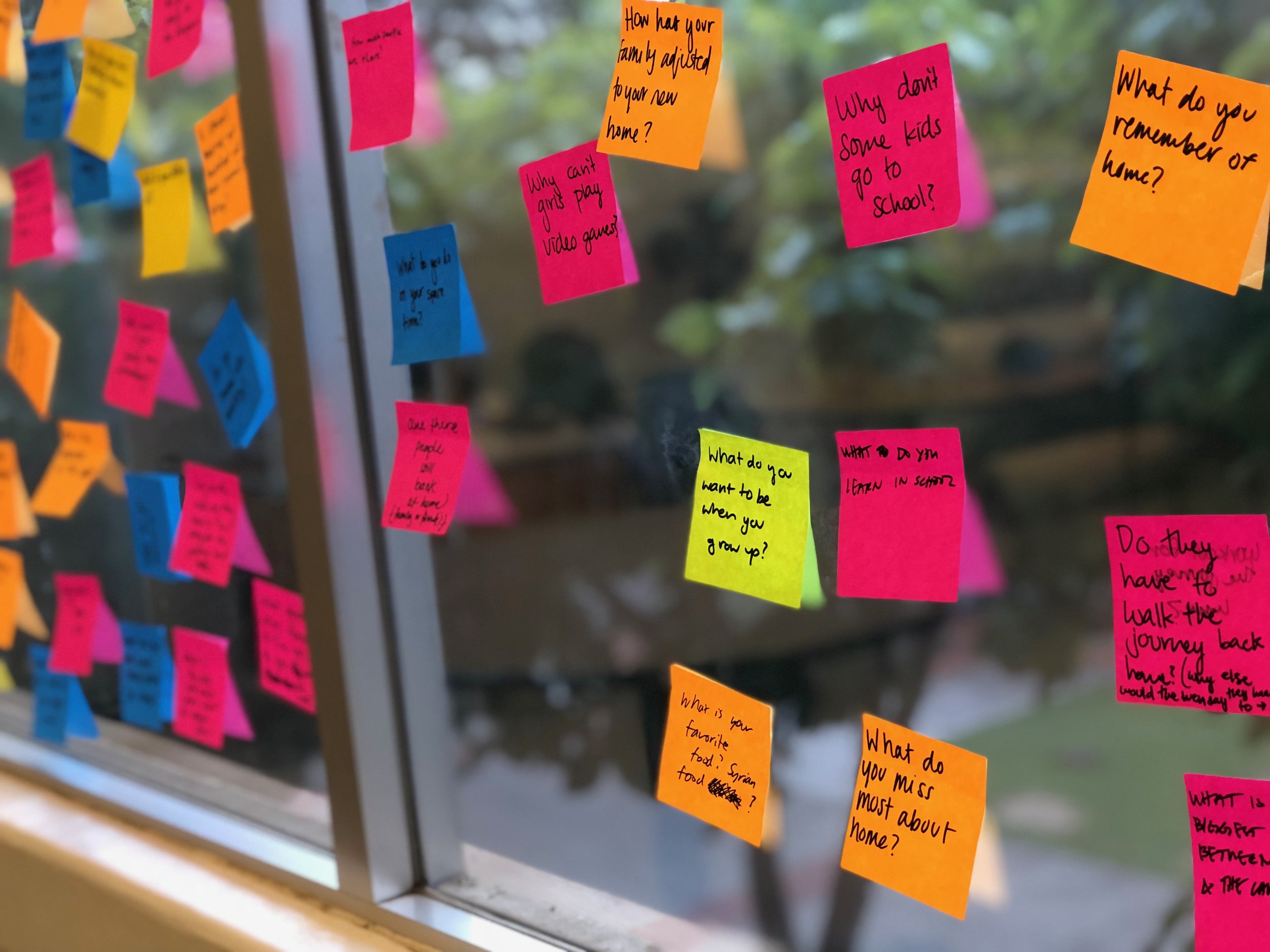Innovation story: The Punahou School (Honolulu, HI)
What if virtual reality could awaken a learner's deepest wonder, curiosity, and empathy?
What if virtual reality could also catalyze a learner's desire to contribute to the common good?
The Punahou School invited me and Basecamp Design Partner Viktor Venson to help them explore these questions through our signature offering, the Expeditionaries social entrepreneurship experience.
For Punahou--America's largest independent school, with over 3700 students--learning innovation is not primarily about advanced technologies like virtual reality.
Instead, Punahou filters the question of innovation through their timeless mission and a timely vision grounded in "public purpose."
That is why Robyn Vierra, Associate Director of Punahou's Wo International Center, and Dan Kinzer, Director of the Luke Center for Public Service, invited us to facilitate a week of social entrepreneurship learning. Virtual reality would not be the focus, but rather the fuel for the learning journey.
How does Expeditionaries awaken wonder, curiosity, and empathy?
Immerse: Through virtual reality, learners are teleported inside powerful stories of communities in need.
QuestionStorm: After learners emerge from their virtual reality experience, they generate as many questions as possible, then forms teams that each converge on different social impact questions.
Ideate + Prototype: Each team researches a human need hiding in their question. After they imagine many solutions, they select one idea to prototype.
Test: Each team tests its learnings and prototype solution by presenting to an audience. Feedback is offered in KiSH format: say something Kind, something Specific, and something Helpful (borrowed from High Tech High).
It was remarkable to watch 6th graders create slidedecks to tell a compelling story about Syrian refugees, share what they had learned about displaced Syrians, identify a need for those refugees, and to pitch a protoype solution.
Equally remarkable was the 4th grade student who generated over 50 questions--50!--after he experienced a virtual reality story about water in Africa.
Meanwhile, 12th grade capstone students discovered that knowing one another's "superpowers" helped their teams ideate and prototype more effectively.
Most of all, every student saw herself or himself as an agent of positive social impact, powered by wonder, curiosity, and empathy.
What was the big picture discovery about innovation?
mission / vision + virtual reality = learning alchemy
The photo gallery below provide a snapshot of the Expeditionaries learning journey.
***
Thank you for reading this post from Basecamp's blog, Ed:Future. Do you know someone who would find the Ed:Future blog worthwhile reading? Please let them know that they can subscribe here.
